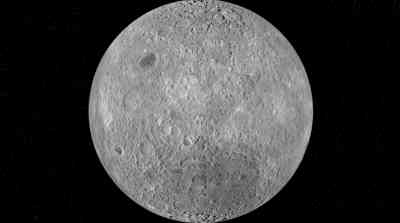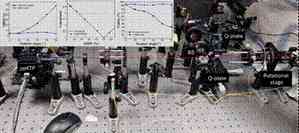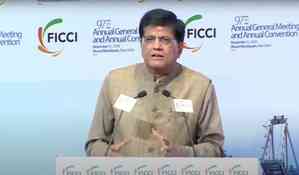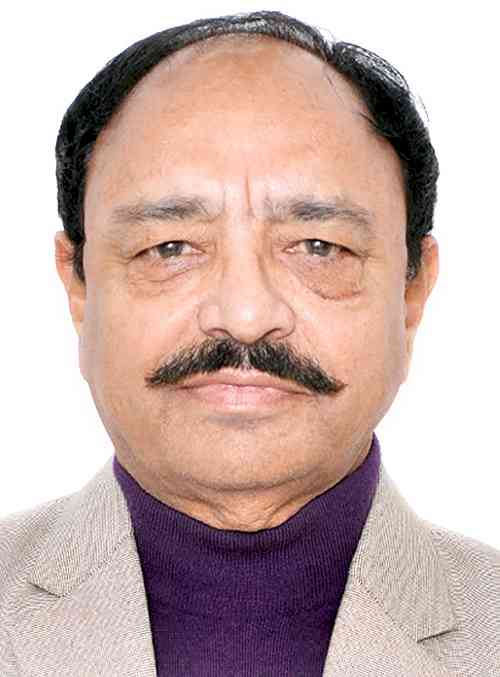Telescope to search for ancient radio waves on dark side of Moon
A team of scientists in the US Department of Energy (DOE) and NASA are developing a novel radio telescope that will be landed on the far side of the Moon and help probe an unexplored era of the early universe.

New York, March 14 (IANS) A team of scientists in the US Department of Energy (DOE) and NASA are developing a novel radio telescope that will be landed on the far side of the Moon and help probe an unexplored era of the early universe.
The Lunar Surface Electromagnetics Experiment-Night (LuSEE-Night) telescope aims to help cosmologists unravel answers to some of the universe's biggest mysteries, such as the nature of dark energy or the formation of the universe itself.
The lunar far side is an inhospitable place where there's enough radio silence for the dark ages signal to be detected. The dark ages are an early era of cosmological history starting about 380,000 years after the Big Bang, and there were no stars or planets.
But the treacherous environment on the lunar far side gives little chance for scientific equipment to survive -- let alone transmit data back to Earth.
The lunar far side is in total darkness for 14 Earth days followed by 14 days of brutal sunlight. That causes temperatures to fluctuate between 250 and -280 degrees Fahrenheit -- and a dramatic change can happen in a matter of hours.
"The Moon is easier to reach than Mars, but everything else is more challenging," said Paul O'Connor, a senior scientist in DoE's Brookhaven National Laboratory and LuSEE-Night Project Instrument Scientist.
"There's a reason only one robotic rover has landed on the Moon in the last 50 years, while six went to Mars, which is 100 times farther away. It's a vacuum environment, which makes removing heat difficult, and there's a bunch of radiation," he added.
LuSEE-Night must reject heat in a vacuum environment during the day and keep itself from freezing at night -- all while powering itself through 14 days of continuous darkness and conducting first-of-its-kind science.
"The power has to come from a battery, which can only be so efficient based on its size," O'Connor said.
Further, Brookhaven physicist Anze Slosar stated that "LuSEE-Night is not a standard radio telescope," but will be "more of a radio receiver".
"It will work like an FM radio, picking up radio signals in a similar frequency band. The spectrometer is at the heart of it. Like a radio tuner, it can separate out radio frequencies, and it turns signals into spectra."
After touching down on the lunar far side, LuSEE-Night's lander will turn off permanently so it does not produce any interference. The telescope will then deploy four three-metre-long antennas, on a turntable for data collection. Then, LuSEE-Night must face its greatest challenge: surviving its first night on the lunar far side.
At home on Earth, scientists will patiently wait 40 days for LuSEE-Night to collect and transmit its first dataset to a relay satellite that talks to Earth. Until then, they won't know if LuSEE-Night survived.


 IANS
IANS 













